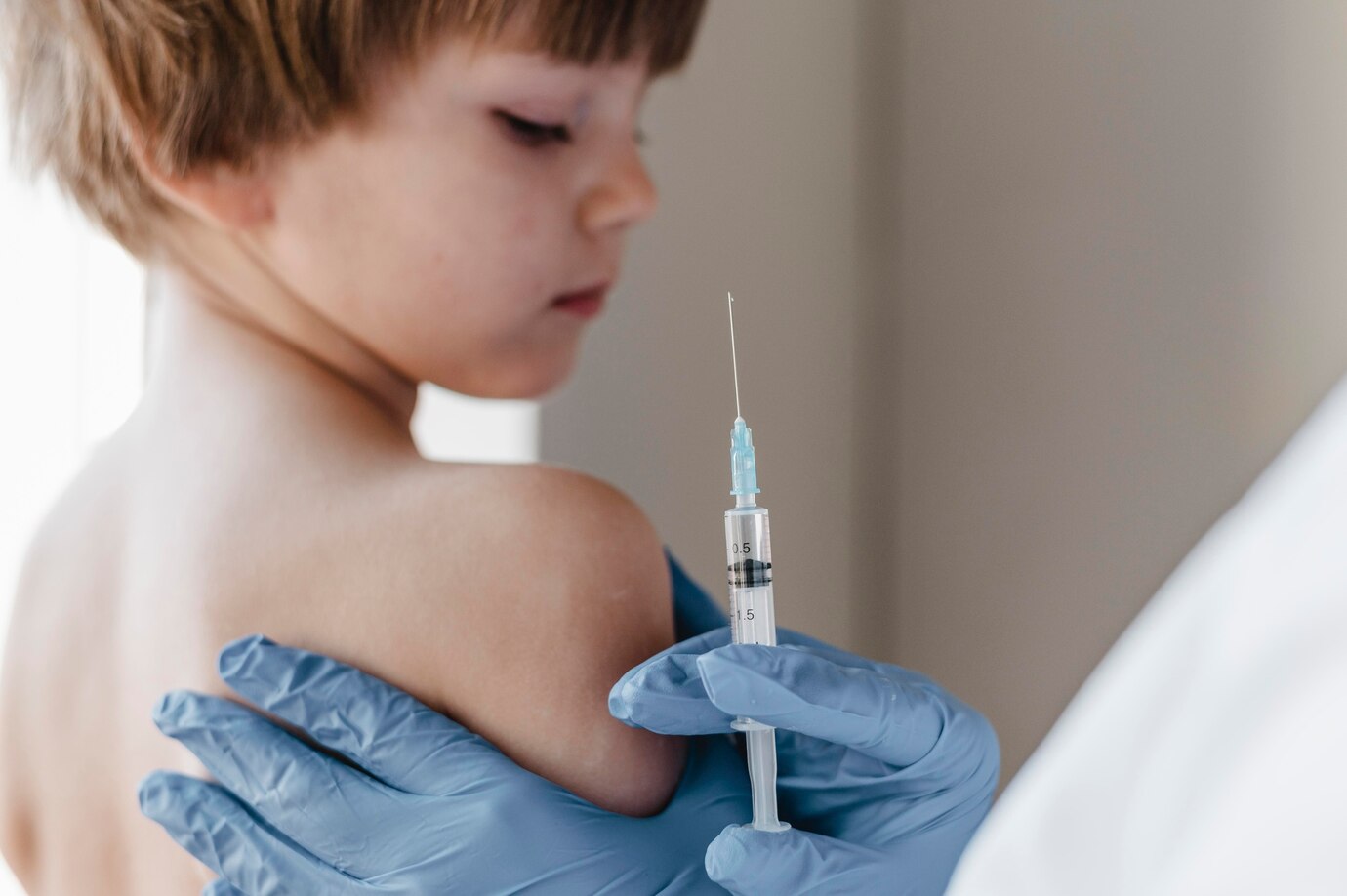
The Centers for Disease Control and Prevention (CDC) released new autism prevalence data today — and the numbers are staggering. In California, as many as 1 in every 12.5 boys is now diagnosed with autism spectrum disorder (ASD), marking the highest rate ever recorded in the United States.
Nationwide, ASD rates among 8-year-olds climbed from 1 in 36 (2.8%) in 2020 to 1 in 31 (3.22%) in 2022 — a 17% increase in just two years. The condition remains 3.4 times more common in boys than girls, with the steepest increases observed among children from racial and ethnic minority groups.

BYPASS THE CENSORS
Sign up to get unfiltered news delivered straight to your inbox.
You can unsubscribe any time. By subscribing you agree to our Terms of Use
While the CDC presents the data without speculating on cause, the rapid, persistent rise is sparking renewed concern — and controversy — over what’s driving this trend.
WHO Insider Warns Gates Plotting ‘Polaris’ Virus to Slaughter Millions of Kids
“The 1 in 31 number is a testament to the failure of the medical system as we know it,” said Mary Holland, CEO of Children’s Health Defense.
Holland added:
“The level of autism among 8-year-olds has been steadily increasing for decades without unbiased, real research into the likely causes. Tens of thousands of parents have come forward in recent decades to say they believe vaccines triggered their children’s autism. Yet mainstream science, media and government regulators have rejected the idea of even examining this observation seriously.”
However, Holland praised efforts by U.S. Secretary of Health and Human Services (HHS) Robert F. Kennedy Jr. to study the problem.
“The only good news here is that we finally have a president and HHS secretary truly committed to looking at all the potential causes and stopping this downward trajectory that is putting our nation at risk,” Holland said.
CHD report: Kennedy announced in a Cabinet meeting last week that the government has launched a “massive testing and research effort” to determine what causes autism. He said the effort involves hundreds of scientists globally and will be completed by September.
Once the environmental causes of autism are identified, “We’ll be able to eliminate those exposures,” Kennedy said.
Commenting today on the CDC report, Kennedy said: “The autism epidemic has now reached a scale unprecedented in human history because it affects the young. The risks and costs of this crisis are a thousand times more threatening to our country than COVID-19. Autism is preventable and it is unforgivable that we have not yet identified the underlying causes. We should have had these answers 20 years ago.”
‘This is beyond an epidemic’
The CDC study is based on data from the Autism and Developmental Disabilities Monitoring (ADDM) Network, which has used health and education data since 2000 to track autism rates among 8- and 4-year-olds at multiple sites across the country.
The CDC releases a report on the data every two years. The 2022 data come from 16 sites across the country.
Since the CDC started collecting the data, prevalence estimates have skyrocketed from 1 in 150 in 2000 to today’s estimate of 1 in 31 children.
The trend has persisted for decades. Autism prevalence in the 1990s, which was 1 in 1,000 children, already represented a tenfold increase over the condition’s estimated prevalence in the 1970s.

Toby Rogers, Ph.D., a fellow at the Brownstone Institute for Social and Economic Research and co-author of “Autism Tsunami: The Impact of Rising Prevalence on the Societal Cost of Autism in the United States,” said the new numbers were “stunning.”
Rogers said:
“How long is the U.S. public health establishment going to keep pretending there isn’t a problem? An ASD rate of 3.2% nationwide among children aged 8 years in 2022, 4.9% for boys, 5.3% in California, 4.7% in Pennsylvania and autism rates a full percentage point higher in Asian and Black communities than in White communities — this is beyond an epidemic.”
The CDC study also evaluated 4-year-old children, who typically have lower autism rates because many of them have not yet been diagnosed, and found rates among that age group also increased. Four-year-olds born in 2018 had ASD at rates 1.7 times higher than those born in 2014, suggesting that future rates will likely be even higher.
In five of the CDC’s 16 study areas, autism rates are already higher among 4-year-olds than 8-year-olds.
Data don’t support ‘better diagnosis’ theory on rising autism rates
The CDC and mainstream media suggest that increasing rates of autism are a result of improved diagnosis, which has led to the inclusion of many more high-functioning people with autism in the data collection.
However, the data in the latest CDC report contradict that theory.
The latest data show that nearly two-thirds of children diagnosed in 2022 with autism have an intellectual disability or borderline intellectual functioning, meaning they have an IQ of 85 or lower. Those numbers have also increased since the last report.
“These children face lifelong challenges with learning, communication, and independence,” said Rebecca Estepp, longtime autism advocate and mother of an adult son with autism. “Many will need specialized care, educational supports, and social services for decades — services that are already stretched thin in many communities.”
Research shows the costs of those services are rising exponentially and impacting the entire society.

